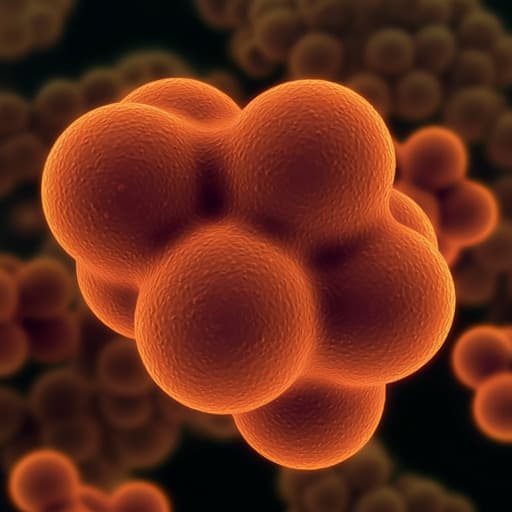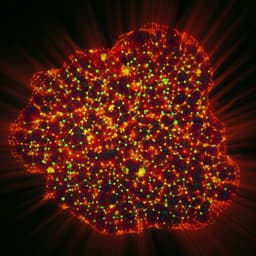
Medicine and Health
Clinical and Genetic Mutation Characteristics of Hereditary Elliptocytosis Patients: A Report of 9 Cases and Literature Review
L. Xu, L. Yuan, et al.
This study explores the clinical and genetic mutation characteristics of 9 hereditary elliptocytosis patients, uncovering mutations in key genes like SPTA1, SPTB, and EPB41. The research, conducted by Liu Xu and colleagues, delves into the intriguing relationship between genotype and clinical phenotype, providing insights into this rare blood disorder.
~3 min • Beginner • English
Related Publications
Explore these studies to deepen your understanding of the subject.







